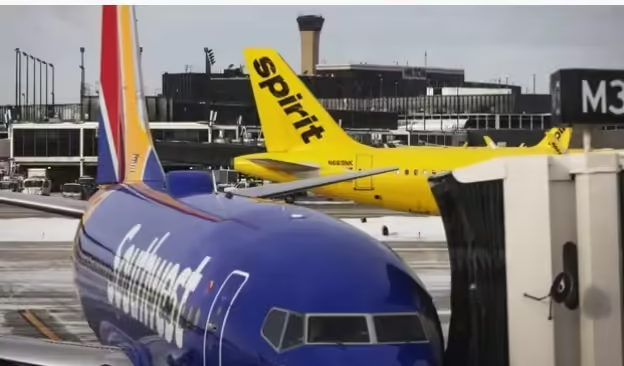In a rapidly evolving airline industry, budget carriers are adopting strategies that seem counterintuitive to their low-cost image. Traditionally, budget airlines thrived by offering minimal frills and competitive prices, but recent shifts in the market are prompting these carriers to re-evaluate their approaches. To better compete and secure their position in the evolving landscape, many low-cost airlines are embracing practices that might appear more costly to consumers.
One significant shift is the enhancement of service quality. Budget airlines are increasingly investing in onboard amenities and customer service improvements to differentiate themselves from competitors. This includes upgrading seating, providing more in-flight entertainment options, and enhancing food and beverage services. While these changes may increase operational costs, they aim to attract passengers seeking a more comfortable and enjoyable flying experience, even if it comes at a slightly higher price.
Additionally, budget airlines are expanding their routes and increasing flight frequencies to better compete with traditional carriers. This expansion often involves higher costs related to fuel, crew, and airport fees, which can lead to increased ticket prices. The strategy behind this is to capture a larger market share by offering more convenient travel options and appealing to a broader customer base.
Furthermore, many budget airlines are investing in new technology and infrastructure to improve efficiency and enhance the overall travel experience. This includes updating booking systems, implementing advanced baggage handling processes, and exploring sustainable practices. While these investments may seem contrary to the budget model, they are aimed at long-term competitiveness and customer retention.
In summary, while budget airlines are known for their low-cost strategies, the current industry landscape is driving them to adopt practices that might appear more expensive. By enhancing service quality, expanding routes, and investing in technology, these carriers are positioning themselves to compete more effectively and cater to the evolving preferences of modern travelers.
